Tours by Region
Italy runs from the Alps to the Mediterranean Sea and includes the islands of Sicily, Sardinia, Elba and about 70 other smaller ones. There are two small independent states within peninsular Italy: the Vatican City in Rome, and the Republic of San Marino.
Italy is a country of regions more than many other countries you’ll visit. As a unified country, Italy is younger than the United States – the unification of the city-states and independent kingdoms only occurred in 1861 – and even today it sometimes seems like it’s a country held together by sheer force of will rather than any sense of Italian national identity.
It’s not surprising, then, that when many tourists visit Italy they think of the country in region-sized pieces. Sure, most have specific cities in mind, Venice, Rome, Florence, Milan, but if you get beyond the city-to-city itineraries you often find people planning trips in terms of regions. Tourists come to visit Tuscany, Veneto or Umbria, or Sicily – we’re more familiar with regional names in Italy than we are in many other countries.
While we may know the names, however, we may not know much about these regions. There are 20 regions in Italy each with its own language and traditions: please contact us to get detailed information to help you plan your trip. Please see below the list of regions with main cities:
Abruzzo (main cities: L'Aquila, Pescara)
Aosta Valley (Aosta)
Apulia (Bari)
Basilicata (Matera, Potenza)
Calabria (Catanzaro, Reggio di Calabria)
Campania (Naples, Salerno)
Emilia-Romagna (Bologna, Ferrara, Modena, Parma, Rimini)
Friuli-Venezia Giulia (Trieste, Udine)
Lazio (Roma)
Liguria (Genoa)
Lombardy (Milan, Bergamo, Como)
Marches (Ancona)
Molise (Campobasso)
Piedmont (Turin)
Sardinia (Cagliari)
Sicily (Palermo, Catania, Messina, Syracuse)
Trentino-South Tyrol (Tento, Bolzano)
Tuscany (Florence, Lucca, Pisa, Siena)
Umbria (Perugia)
Veneto (Venice, Padua, Verona)
Explore Tours by Region
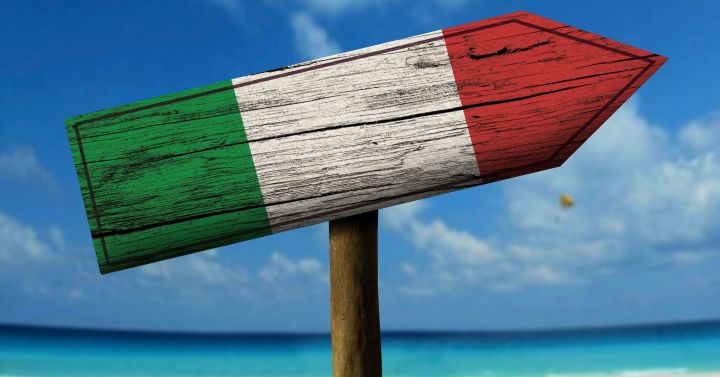
Across all Italy
From the Roman Empire to the Medicis - Venice, Rome, Florence, Milan - Michelangelo, Leonardo, Caravaggio - from food to fashion - from mountains to lakes and seaside: Italy has it all.
More Details
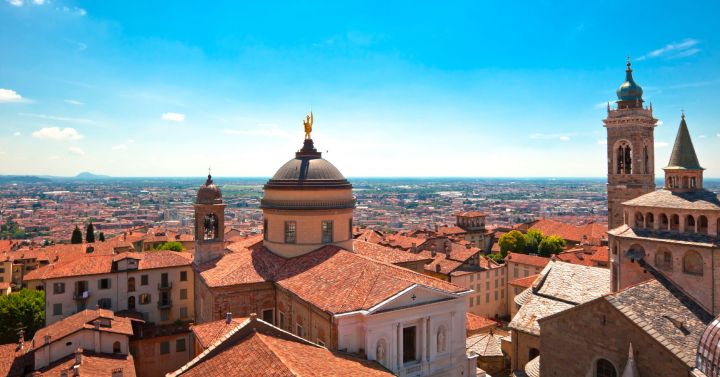
Northern Italy
Northern Italy is used to indicate the northern part of the Italian state. It consists of 8 regions: AostaValley, Piedmont, Liguria, Lombardy, Emilia-Romagna, Veneto, Friuli-Venezia Giulia, Trentino- South Tyrol.
More Details
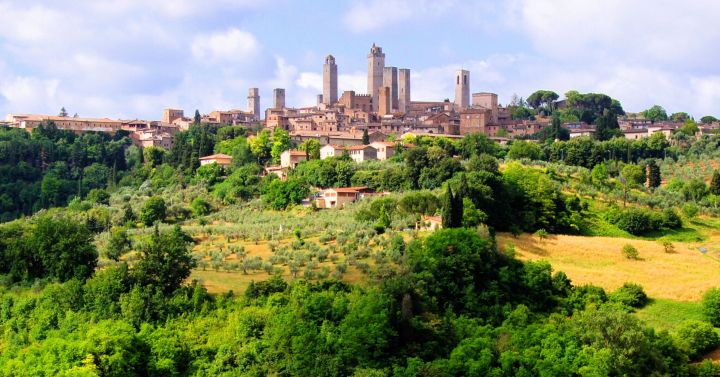
Central Italy
Tuscany, Lazio, Umbria and Marches are four of the most intriguing regions of Italy steeped in ancient culture and a fascinating history. You will discover medieval villages, rolling hills, seaside, fantastic wines, food, art and culture.
More Details
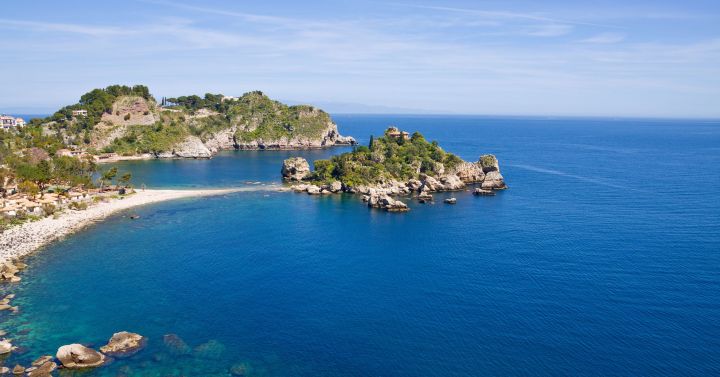
Southern Italy and Islands
The southern regions of Italy are Abruzzo, Apulia, Basilicata, Campania, Calabria and Molise. Sicily and Sardinia are the largest islands in the Mediterranean sea and their beaches are famous all over the world for their golden sand and the crystal waters.
More Details
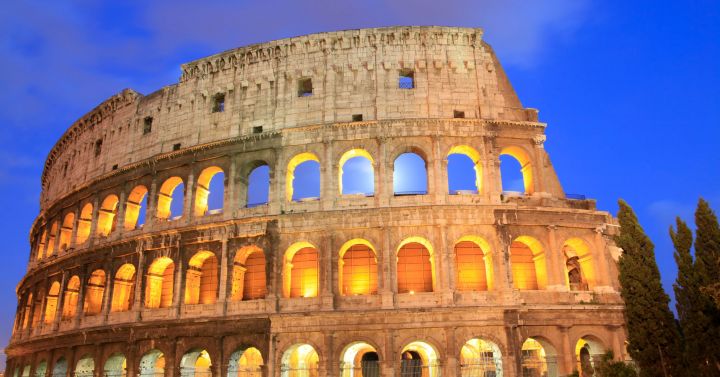
Rome
The Colosseum is the emblem of Rome, a city with 2500 years of history. It stands as a glorious monument to Roman imperial power and even today, in a world of skyscrapers, the Colosseum is hugely impressive.
More Details
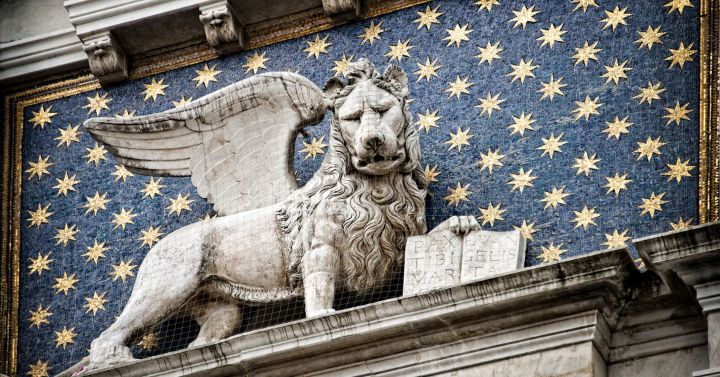
Venice
Venice is a city unlike any other in the world. No matter how often you've seen it in photos and movies, the real thing is more dreamlike than you could imagine.
More Details
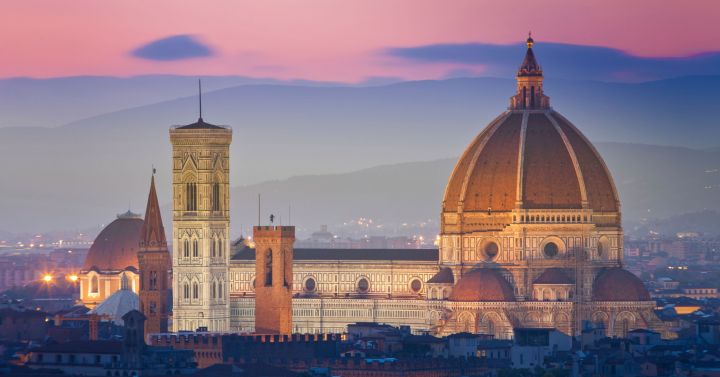
Florence
Florence is the cradle of the Renaissance and one of Europe’s great art cities. Florence is also a living city with a vibrant restaurant and nightlife scene.
More Details
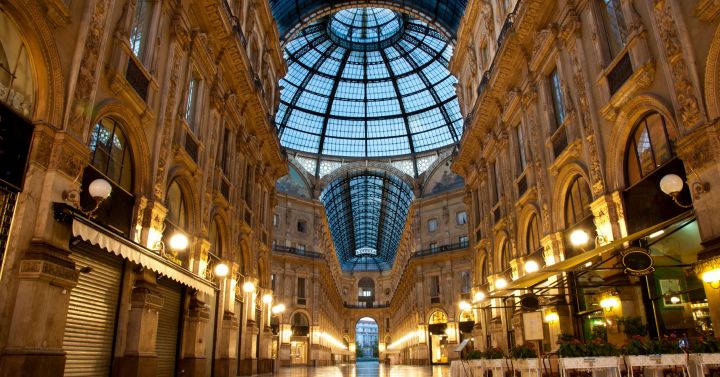
Milan
Milan is a city of elegance, beauty and style. Milan is one of the most modern cities in Italy because of its openness, its cosmopolitan outlook and its intense energy.
More Details


